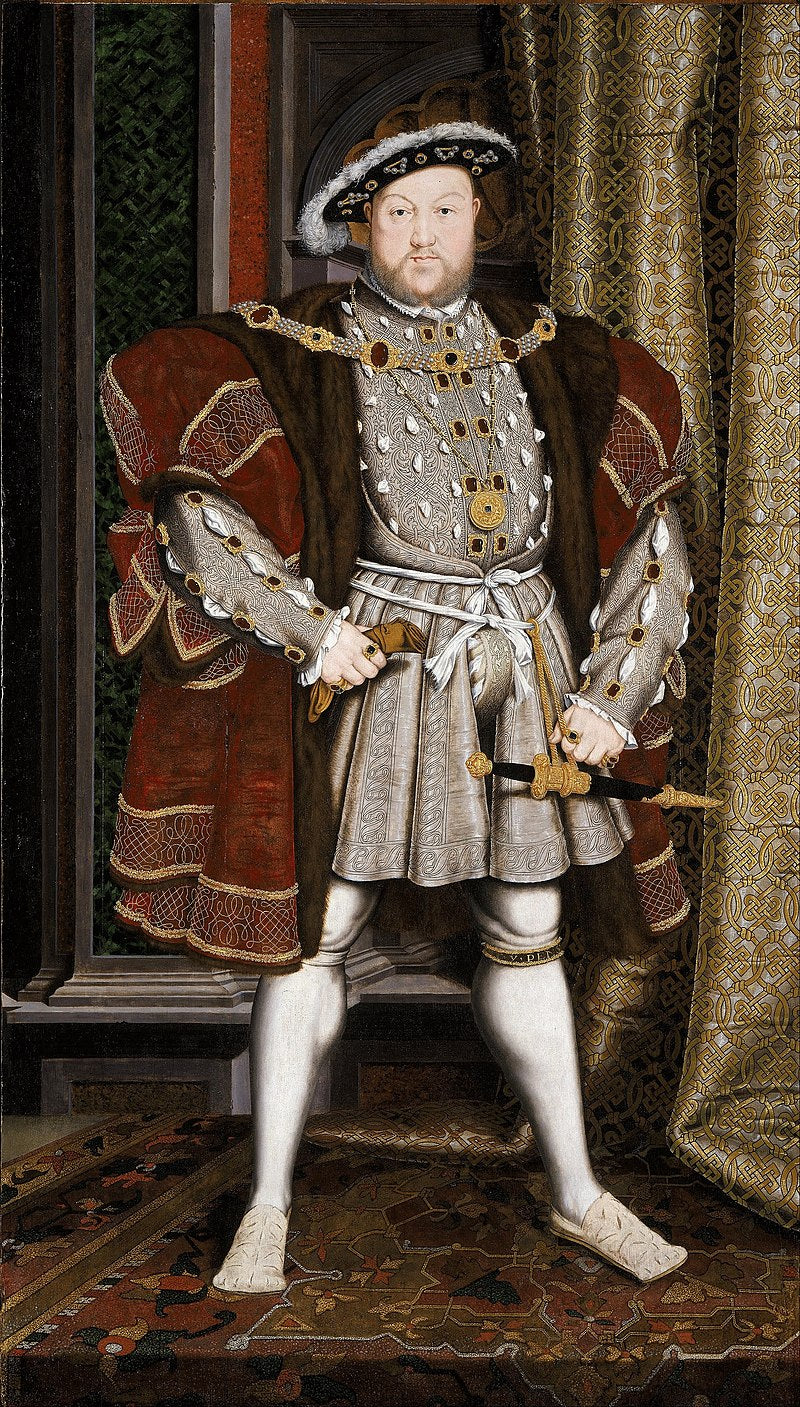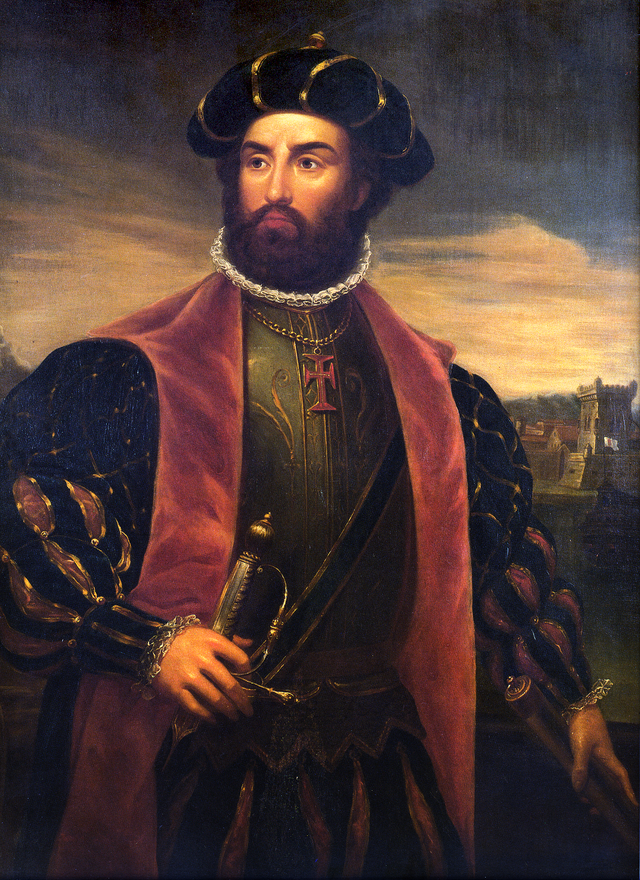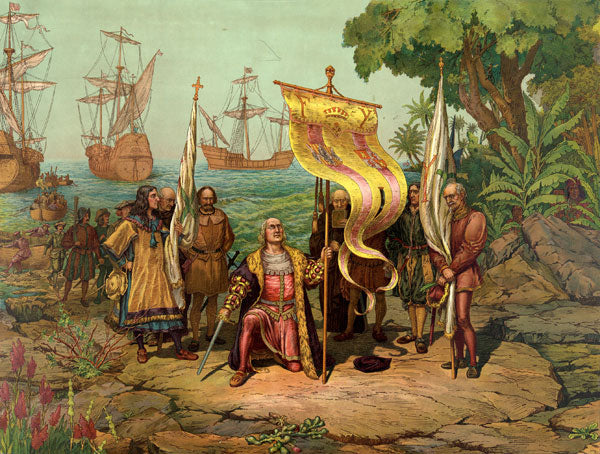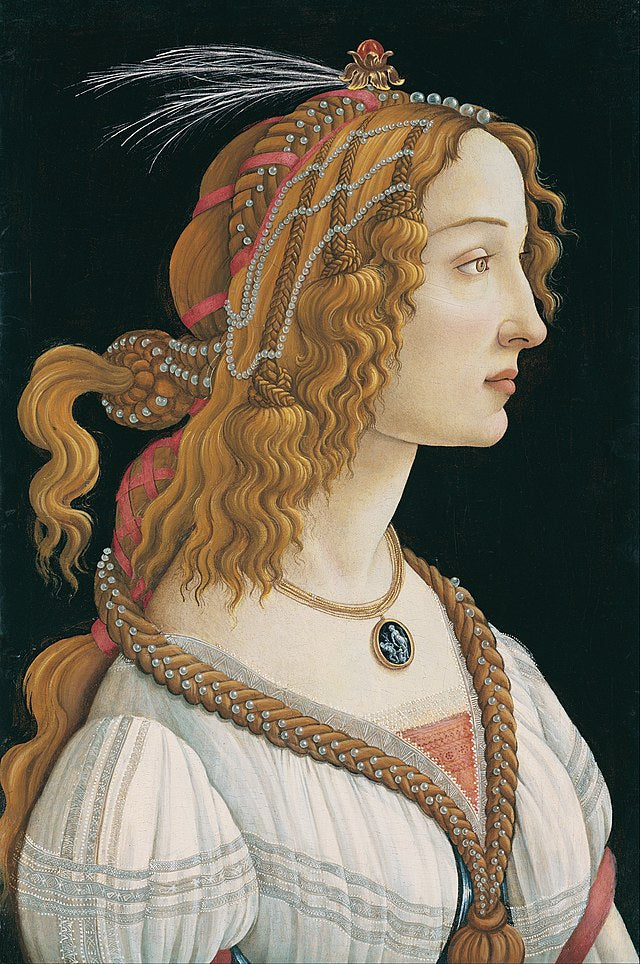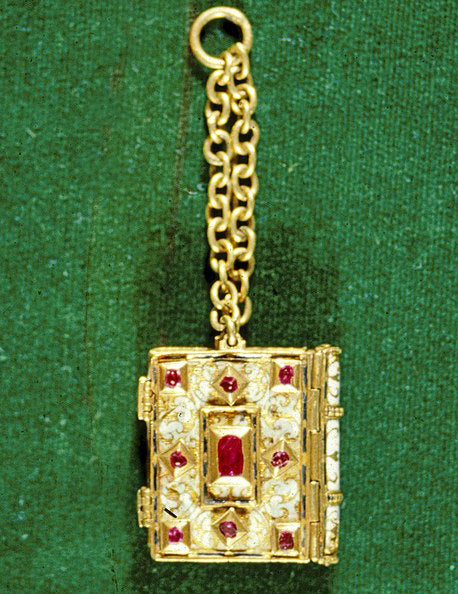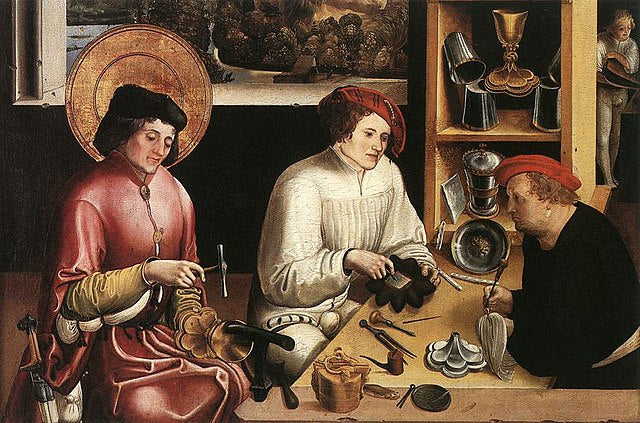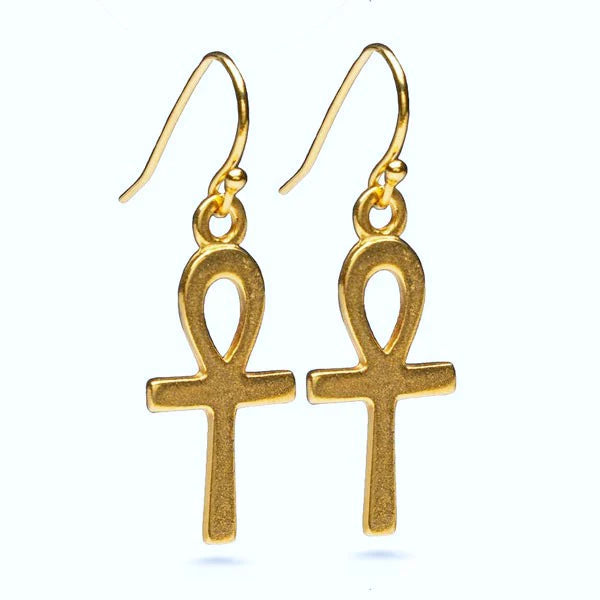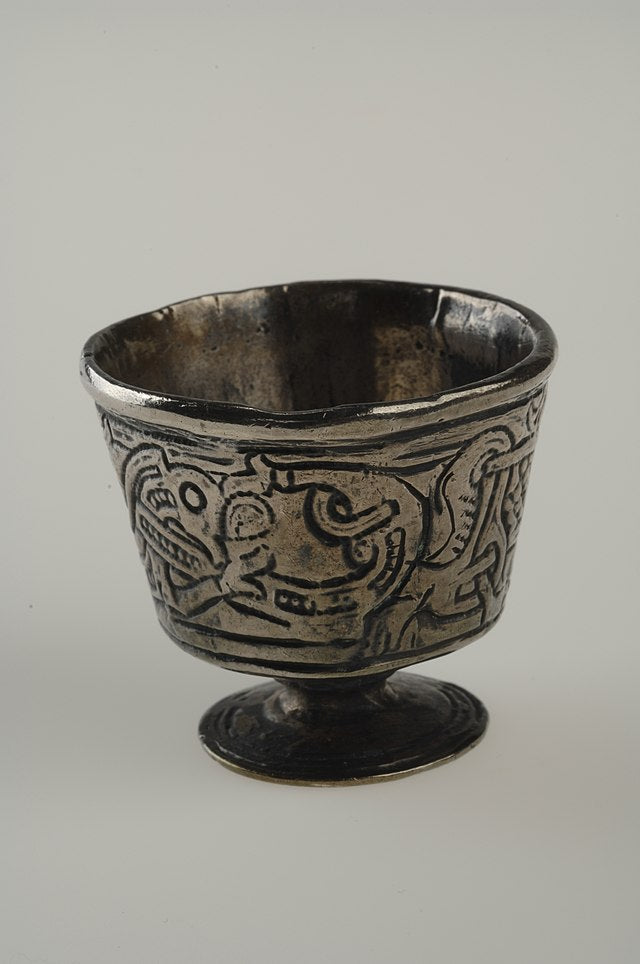
Photo on top: Cup from Jellinge, Denmark, called the "Chalice of Thyra".
The Viking Age, between 750 and 1000 AD, brought trade to Europe through seafaring and brought Christianity to the Vikings. With increased trade with other cultures, the supply of iron and precious metals greatly increased, resulting in the development of crafts and ideas. The confusion of styles that had reigned in Europe since the 5th century was replaced in the Nordics by the Viking style, and its particular way of adopting other styles.
Their ornamentation or handicrafts therefore differed markedly from contemporary decorations in Western and Eastern Europe, even though, as I stated earlier, they borrowed features from these regions. This pagan culture, with its many gods and mythical beasts, made almost all ornamentation plastic and vividly sculptural. The most important characteristics of Nordic ornamentation from the 8th-11th centuries were based on different sets of animal groups, often stylized to the point of being difficult to recognize the animals.
The Vikings were also inspired by the long-vanished Celts. In Ireland and Wales, the refined, stylish ornamentation of the Celts was still depicted. The Vikings added feet and heads to these patterns when making jewelry.
The animal motifs used in Viking Age jewelry have been named after their location. The many gold, silver, and bronze pieces can be divided into the Gribedyrs style, Borres style, Jellinge style, Mammen style, and Urnes style. The latter is named after a carving in the woodwork of a stave church in Urnes, Norway. This style is seen on many brooches, with their fine open-braided and pierced twists around a mythical beast. They were in use and in fashion well into the Nordic Middle Ages (1000-1200) and could appear together with the Romanesque style that came to Scandinavia from Western Europe.
The sense of the purely aesthetic, the pattern, and the design existed side by side with, and in contrast to, the pagan elements, such as the depiction of mythical animals, Thor's hammers, gods, mythological figures such as goats, and the ravens Hugin and Munin. As Christianity gained ground, the Vikings replaced the pagan symbols with Christian ones. Now, the cross, the dove (dove of peace), the key (to St. Peter's gate), and the lamb (Lamb of God) are increasingly seen in jewelry design.
With the importation of precious metals from the Islamic Caliphate, Germany, France, and England, development also followed. They quickly learned to master casting techniques, forging, filigree, granulation, chiseling, niello, gilding, glass, and stone inlays. The only technique they missed was enameling.
The craftsmanship of the Viking Age peaked around the year 1000. An example of this can be seen in the two round filigree ornamented gold buckles from Hornelund in Jutland. They have been found imitated throughout Scandinavia, Russia, England, and even in Iceland.

